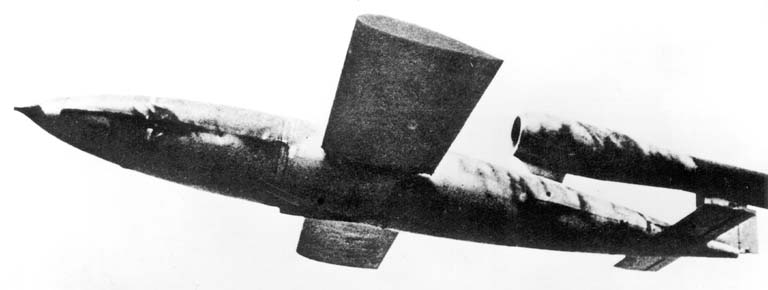
Many parts of Britain suffered attacks from the air by German bomber and fighter planes in the Second World War. Some places were devastated.
The Blitz on London was by far the worst campaign of sustained air raids. In the nights of continuous bombing that started on 7th September 1940 and lasted beyond New Year’s Day 1941, at least 13,339 Londoners were killed and 17,937 seriously injured. 100,000 homes were destroyed. The centre of Coventry was almost completely destroyed in one raid on the night of November 14th 1940. The raid lasted for ten hours and killed 554 people. Among other German targets were important industrial towns and ports such as Birmingham, Hull, Bristol, Plymouth, Glasgow, Southampton, Manchester, Merseyside, Sheffield, Portsmouth, and Leicester. No part of Britain was safe from the bombers.
The case study in this section looks at two raids on East Grinstead. The first raid, on Friday 9th July 1943, was by a fighter-bomber and resulted in nearly 200 deaths. The second raid, on 11th July 1944, was by a V1 flying bomb. The V1 was a pilotless plane launched from German or occupied territory that carried an explosive warhead. It flew until its engine ran out of fuel and then crashed to earth, destroying all that lay beneath it. The V stood for Vergeltungswaffe or ‘Reprisal Weapon’.

East Grinstead, like other areas of Britain, had an experienced and well-organised ARP (air raid precaution) team that swung into action as soon as a bombing incident took place. The first people on the scene would be the Heavy Rescue Team, most of them former builders, who would use their building skills to make sure that the buildings were safe to enter and who would try to bring out casualties. Alongside them would be the emergency services – fire, police and ambulance – doing all they could to rescue people from the wreckage.